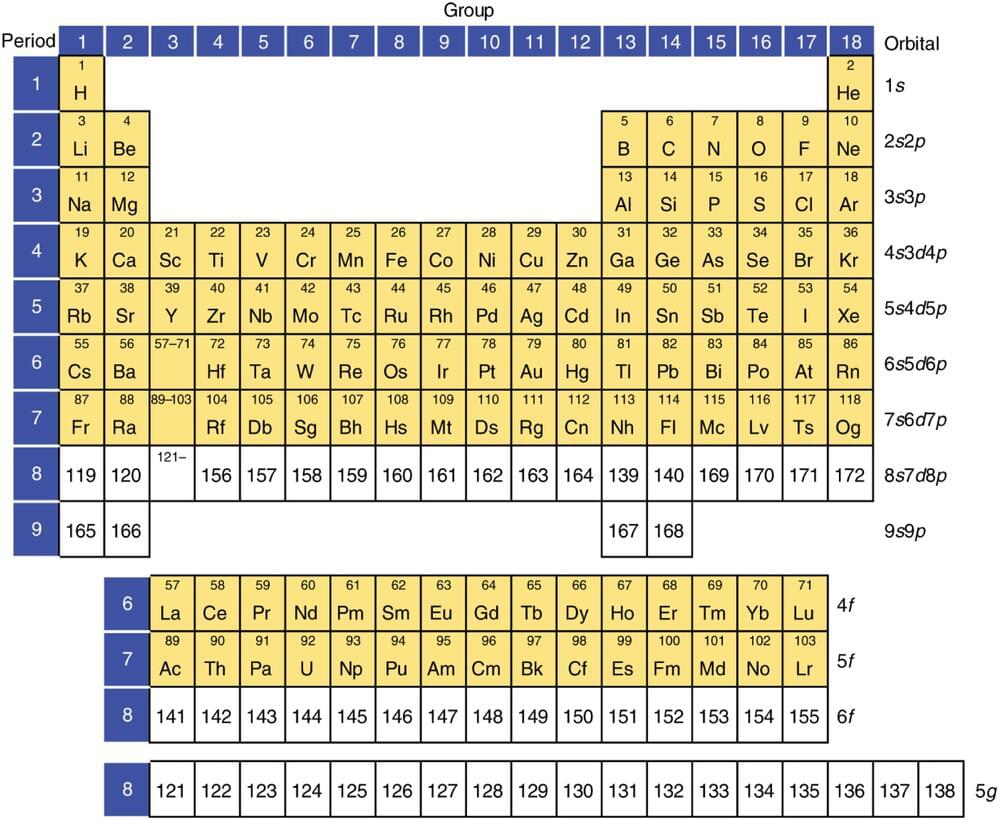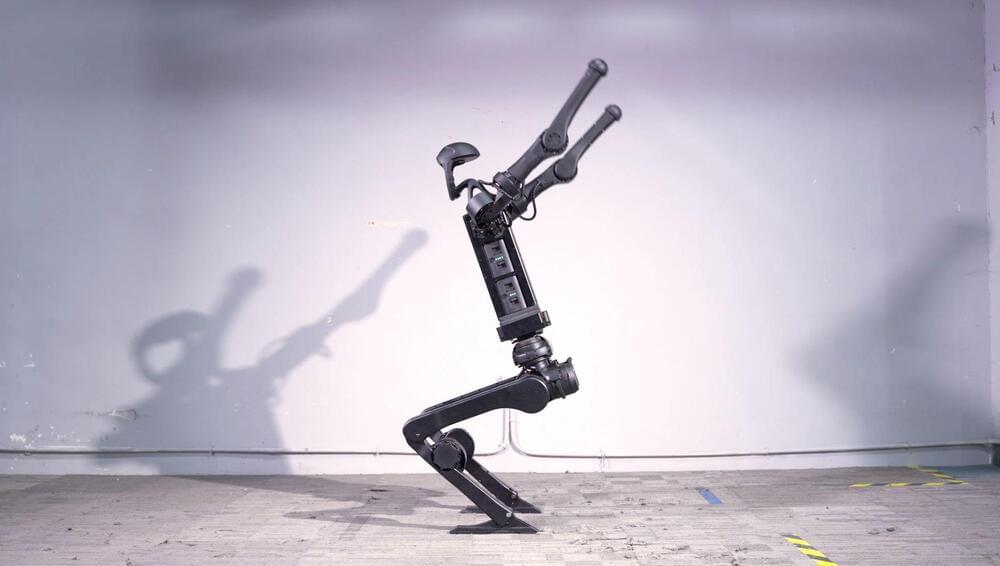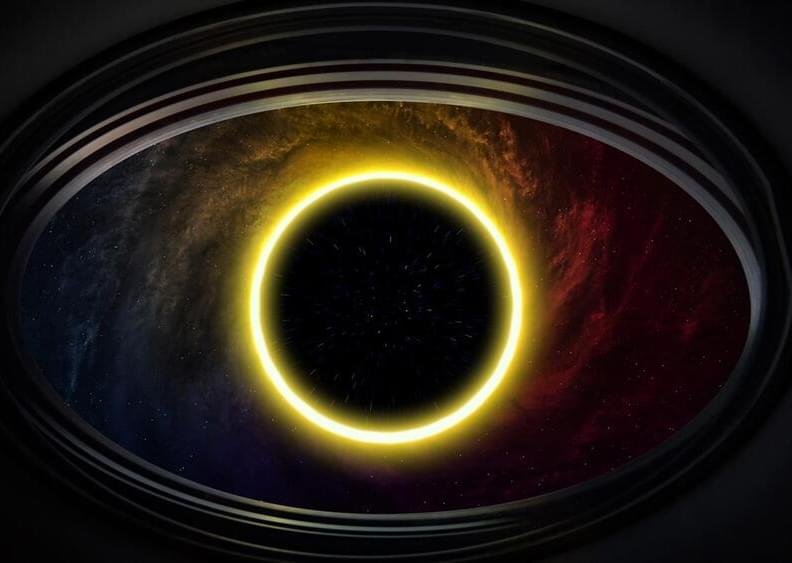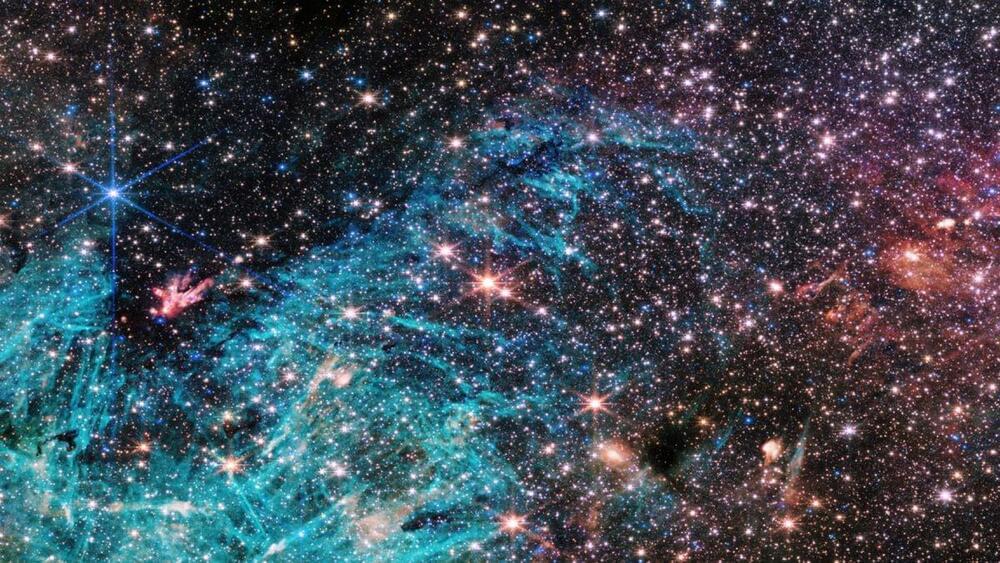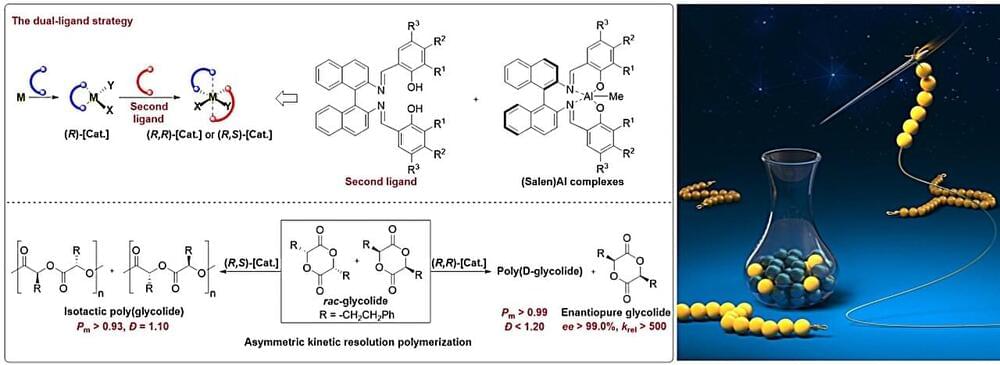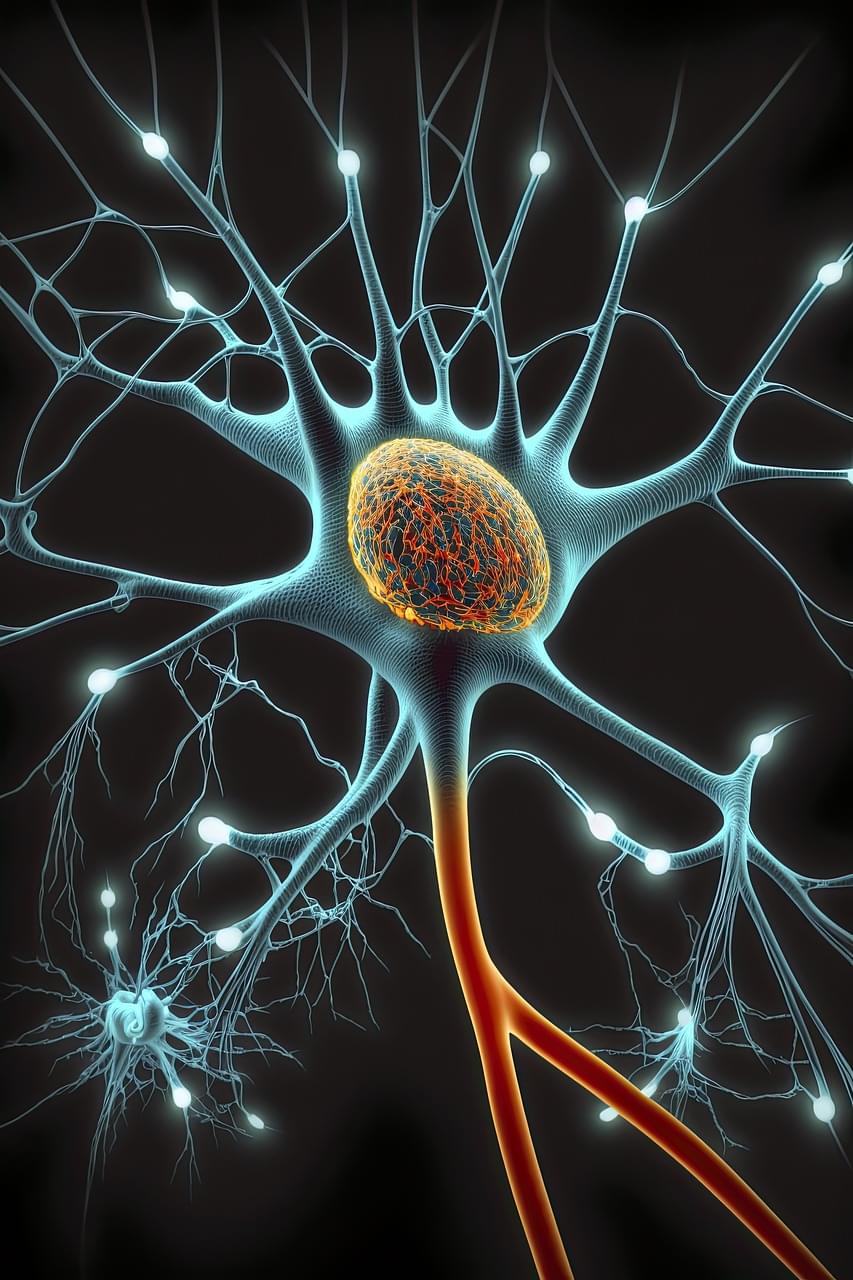Jensen Huang believes coding languages are a thing of the past.
Neuralink, Elon Musk ’s brain chip startup, released a video on Wednesday showing the company’s first patient using a laptop with just his mind.
The video, which was livestreamed on Neuralink’s account on X, showed 29-year-old Noland Arbaugh playing a game of chess on his laptop using Neuralink’s brain computer interface (BCI) technology. Arbaugh is paralyzed from the shoulders down due to what he describes as a “freak diving accident.”
“It’s all brain power there,” Arbaugh said, referring to his ability to use a mouse and keyboard unassisted. He later added, “Basically, it was like using the Force on the cursor and I could get it to move wherever I wanted.”
Scientists from Massey University in New Zealand, the University of Mainz in Germany, Sorbonne University in France, and the Facility for Rare Isotope Beams (FRIB) discuss the limit of the periodic table and revising the concept of the “island of stability” with recent advances in superheavy element research. Their work first appeared in Nature Reviews Physics.
In addition to the Nature Reviews Physics, Physics Reports has published a review on the atomic electronic structure theory for superheavy elements.
What is the heaviest bound nucleus and the heaviest bound atom and what are their properties? The nuclei of chemical elements with more than 103 protons are labeled as “superheavy.” They are part of a vast unknown territory of these nuclei that scientists are trying to uncover. Exploring this uncharted territory provides prospects for discoveries that connect the broad areas of science.
After setting a new world speed record for humanoid robots earlier this month, China’s Unitree is now claiming another. Its latest H1 bipedal takes the title for first to perform a standing backflip without the use of hydraulics.
Yes, humanoids like Boston Dynamics’ Atlas have been nailing backflips for a few years now but they make use of heavy, potentially leaky hydraulics to launch into the air, somersault backwards and then land on both feet.
Impressively, Unitree’s H1 relies on in-house M107 electric joint motors only, each of which boasts 360 Nm (265.5 lb.ft) of peak torque and can also be found on the company’s B2 quadruped. Each leg has three degrees of freedom at the hip plus one at the knee and another at the ankle, and all cabling is routed internally for snag-free clean lines.
Think the Upside Down in Stranger Things is a work of fiction? Well, it is, but something eerily reminiscent of the Upside Down – dark matter, or a “dark mirror” universe – is being studied and taken very seriously by scientists.
So what exactly is dark matter? NASA explains, Like ordinary matter, dark matter takes up space and holds mass. But it doesn’t reflect, absorb, or radiate light – at least not enough for us to detect yet.
In Verlinde’s picture of emergent gravity, as soon as you enter low-density regions — basically, anything outside the solar system — gravity behaves differently than we would expect from Einstein’s theory of general relativity. At large scales, there is a natural inward pull to space itself, which forces matter to clump up more tightly than it otherwise would.
This idea was exciting because it allowed astronomers to find a way to test this new theory. Observers could take this new theory of gravity and put it in models of galaxy structure and evolution to find differences between it and models of dark matter.
Over the years, however, the experimental results have been mixed. Some early tests favored emergent gravity over dark matter when it came to the rotation rates of stars. But more recent observations haven’t found an advantage. And dark matter can also explain much more than galaxy rotation rates; tests within galaxy clusters have found emergent gravity coming up short.
Studies on the synthesis and application of chiral materials has important scientific significance and market value. However, the design, synthesis and application of chiral materials are still in their infancy, and relevant research is limited to natural chiral polymer materials and very few artificial synthetic chiral materials.
In response to the key problems of synthesis, characterization, and mechanism research in the field of chiral materials, researchers from the Qingdao Institute of Bioenergy and Bioprocess Technology of the Chinese Academy of Sciences have proposed a novel concept of “asymmetric kinetic resolution polymerization” (AKRP), which provides a new method for the efficient synthesis, direct characterization of chiral polymer materials, and a new approach for studying the reaction mechanism of asymmetric polymerization.
The challenge in achieving AKRP is the design and synthesis of highly enantioselective catalysts. To solve this problem, the researchers proposed the “dual-ligand” strategy for the first time, enabling the highly enantioselective chiral (BisSalen)Al catalysts. The research is published in Journal of the American Chemical Society.
The barren, dusty Red Planet was not always a lifeless mess. In fact, scientists have often theorized that Mars was once covered in vast waterways. There’s a lot of evidence to suggest that may be the case, too. However, new research involving that evidence suggests that it might not have been water that left those marks after all and that the chance of finding life on Mars is actually much slimmer than we hoped.
Mars is by far the planet that humanity has explored the most, with several rovers now having made their way across the barren surface of our neighboring planet. One of the key missions with those rovers has always been to find signs of life, or signs that life once existed on Mars. We’ve come close a couple of times, with some theorizing that NASA accidentally killed the only Martian life we’ve ever discovered on the planet.
Through it all, though, the hope that our chances to find life on Mars were high has relied on one key thing: the existence of water in Mars’s past. However, that watery past we believe the planet had may not have been as long or as extensive as we thought. New evidence suggests that places we thought had been carved out by water flowing through them could have actually been created by explosively evaporating carbon dioxide ice.
Scientists transplant a pig’s liver into a brain-dead patient with no organ rejection. This may solve the problem of scarcity of donors.
The immune system is comprised of two separate responses referred to as either innate or adaptive immunity. Both work in collaboration to elicit protection against anything the body encounters as ‘foreign’. In many cases foreign pathogens that enter the body are recognized by the innate immune system first which then activate adaptive immunity. The innate immune system uses many broad, non-specific cells to detect anything that might cause harm to the body. These cells initiate inflammation and the overall immune response. The adaptive immune system comes second and is more specific to the invading pathogen. Adaptive immune cells can not only help lyse or kill the invaders, but also generate cells to ‘remember’ that pathogen in the future. This is a common phenomenon that occurs when we overcome an illness and is known as immunological memory. Vaccine biology is based on this concept that we will generate ‘memory cells’ in response to attenuated viruses.
The study of immunity and how our body fights off disease is a progressively growing field. Currently, scientists know many of the key players that drive this immunological memory. However, researchers and physicians are working together to better understand this process and how to generate more effective treatments for various diseases. An exciting article in Nature, published by Dr. Francisco J. Quintana and others, demonstrate that a glial cell can generate immunological memory. Quintana, an investigator at Brigham and Women’s Hospital, and his team study different signaling pathways associated with immune activity to identify novel therapeutic treatments and biomarkers to measure treatment efficacy. The glial cell Quintana and his team found to aid in immunity is known as an astrocyte, which is a key cell within the central nervous system (CNS). Astrocytes help promote synapse formation, clear excess neurotransmitters, and maintain the blood-brain barrier.
For the first time astrocytes have been connected to obtain memory-like properties and aid in immunity. The team used multiple models to demonstrate that astrocytes can remember previous interactions with immune cells. Not only did this function improve response time to infection but induced a stronger immune response when re-exposed to the same disease. Due to similarities in memory formation, Quintana and others refer to this process as ‘astrocyte immune memory’. Interestingly, due to astrocytes long lifespan, these cells could provide insight into chronic neurologic disorders.


